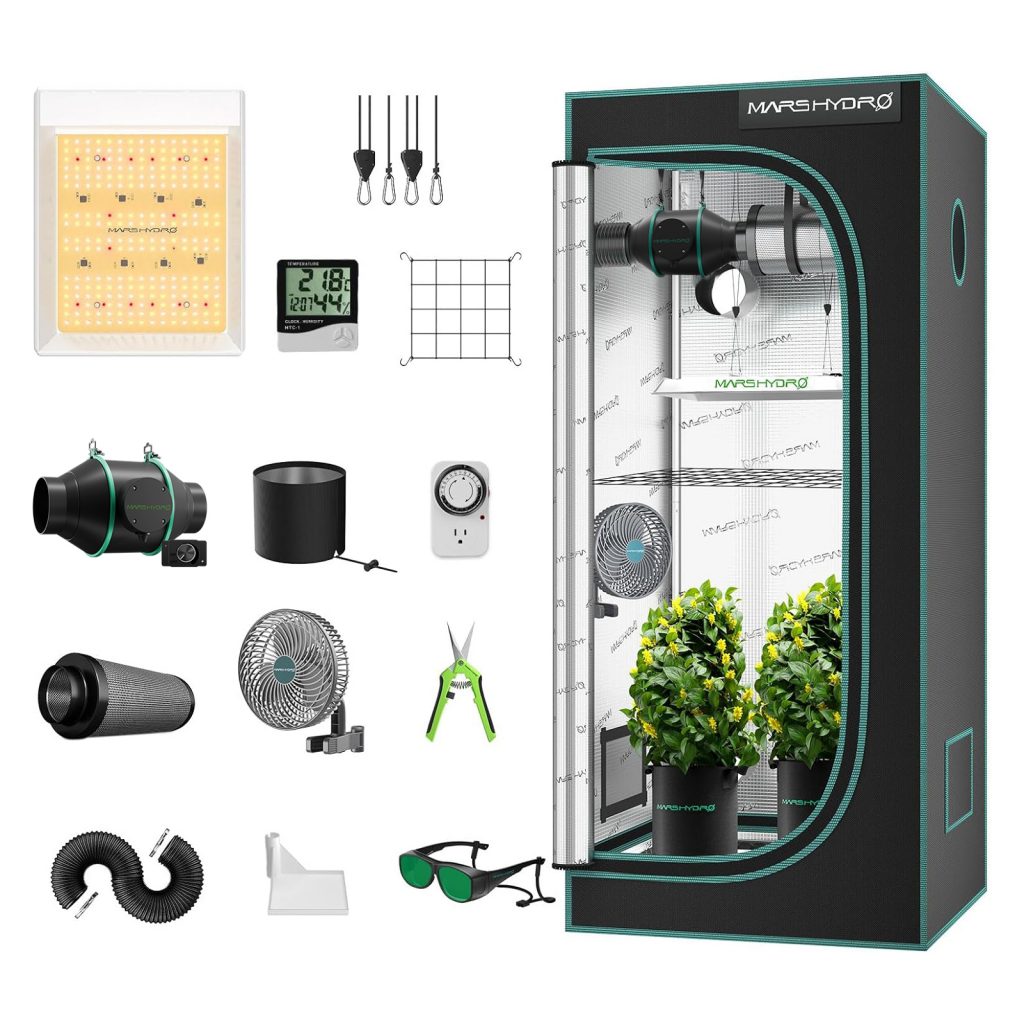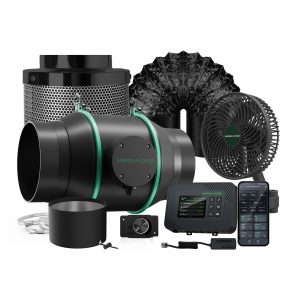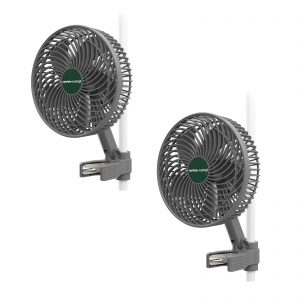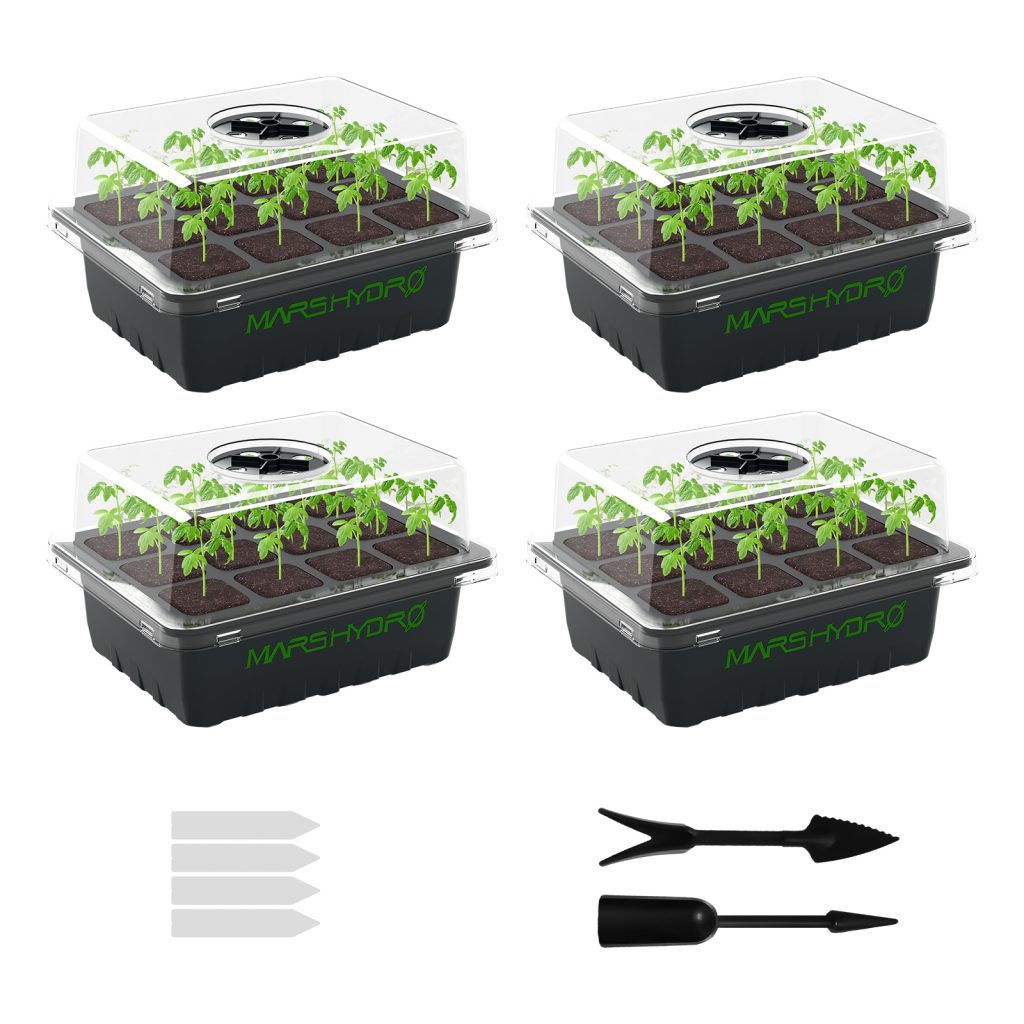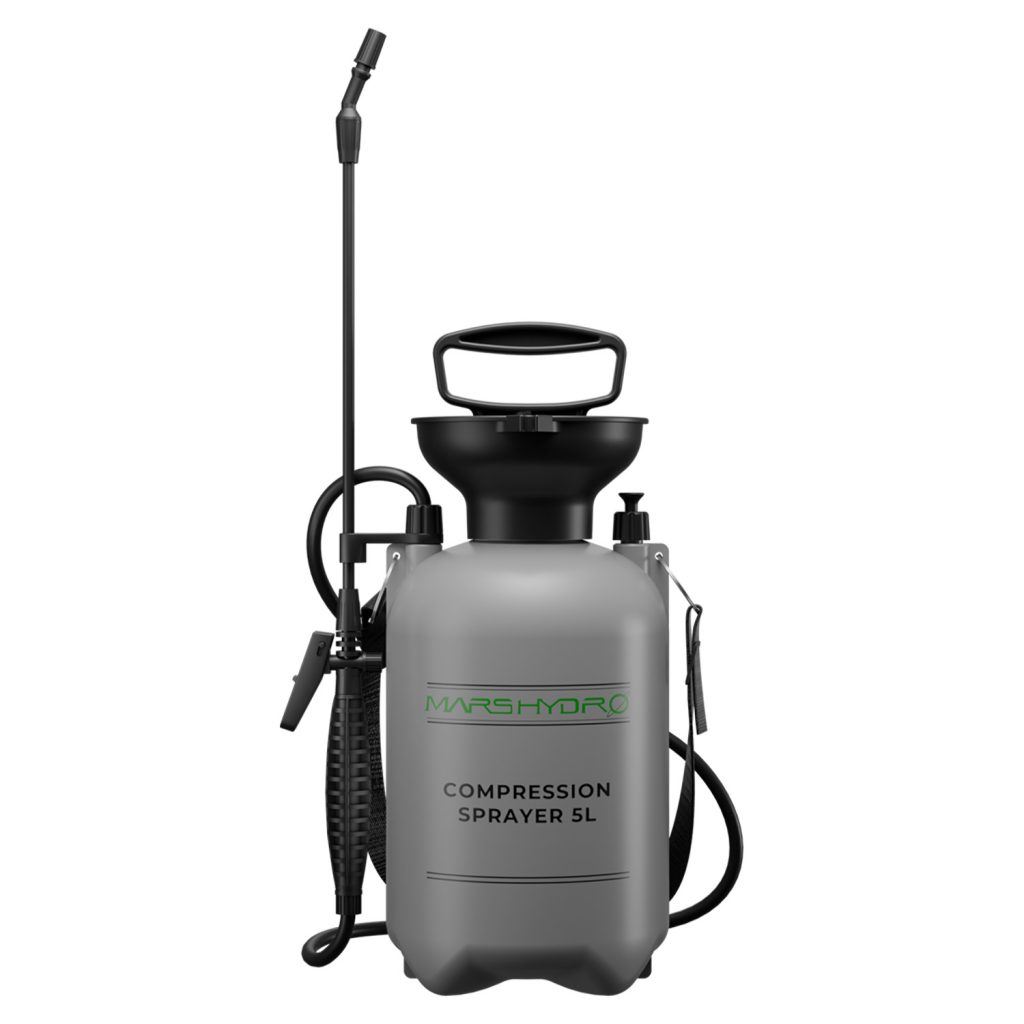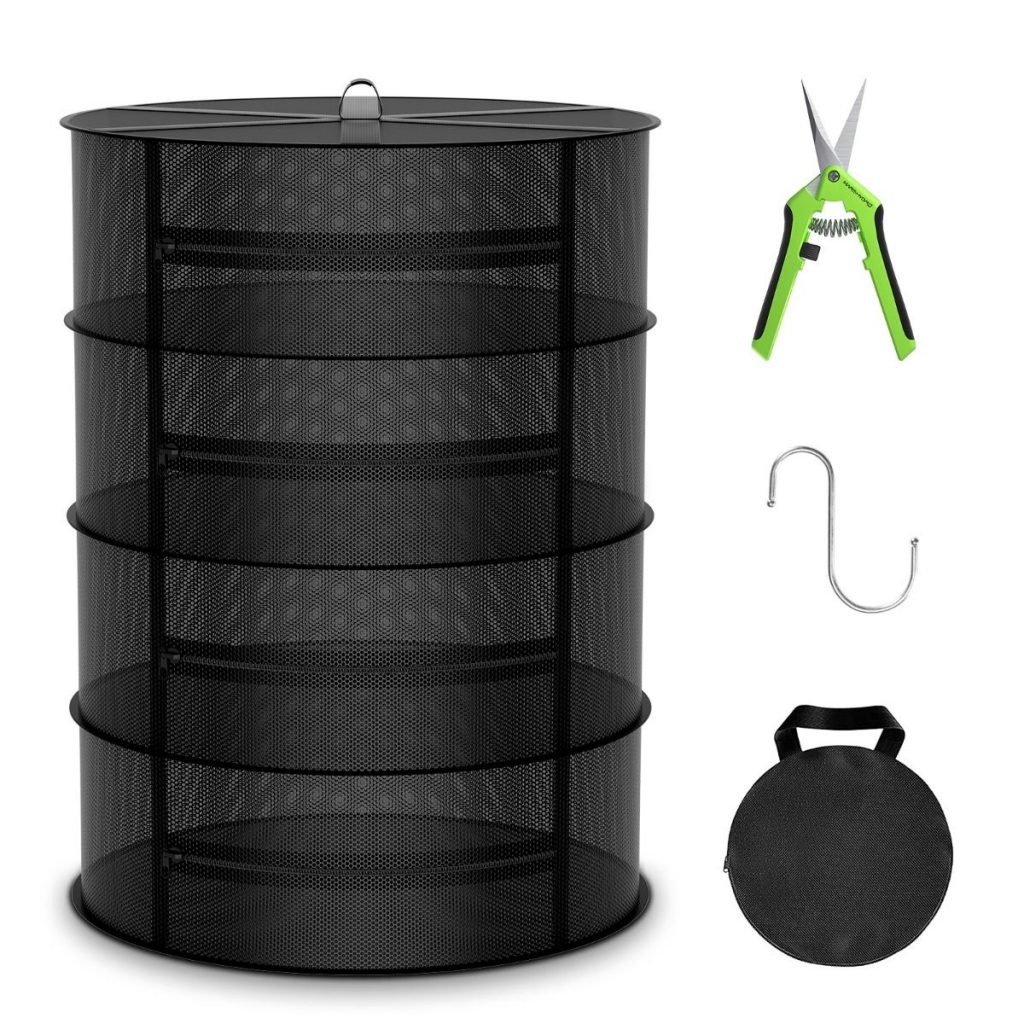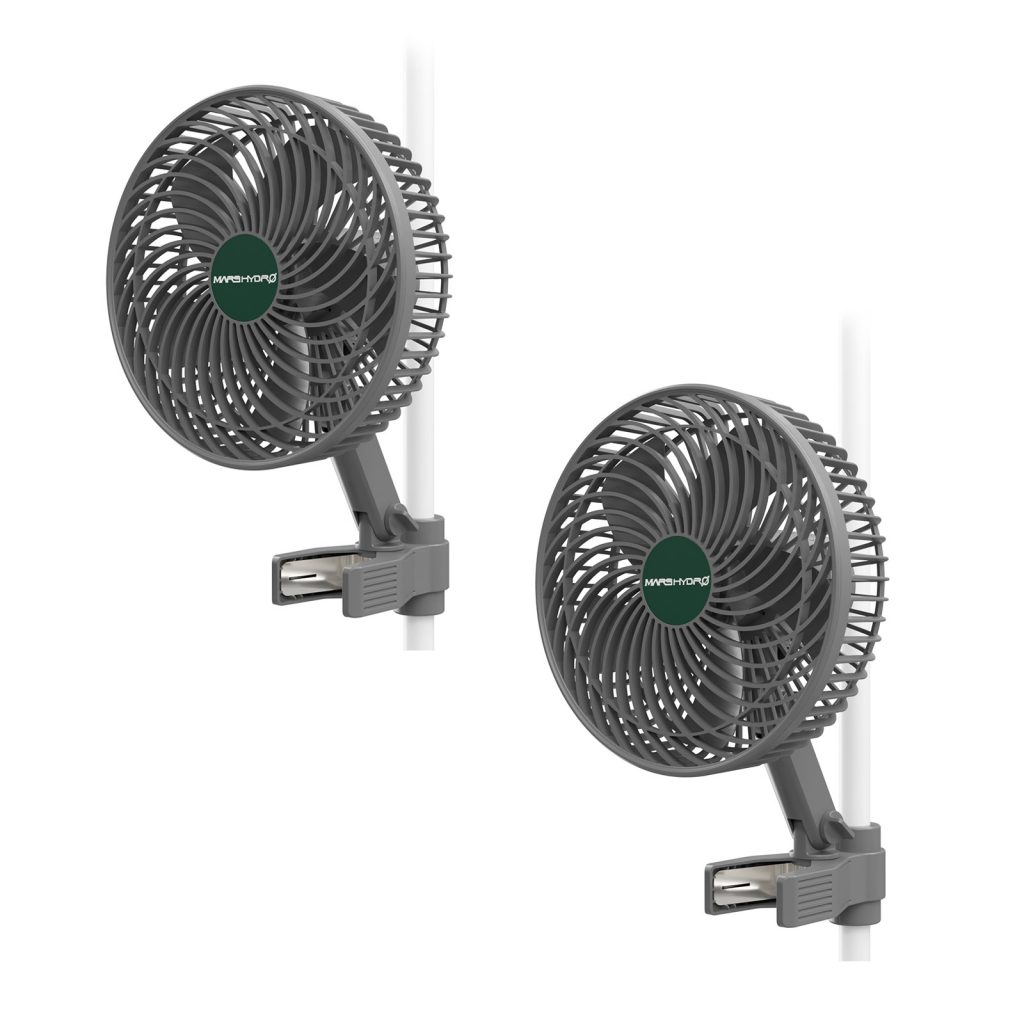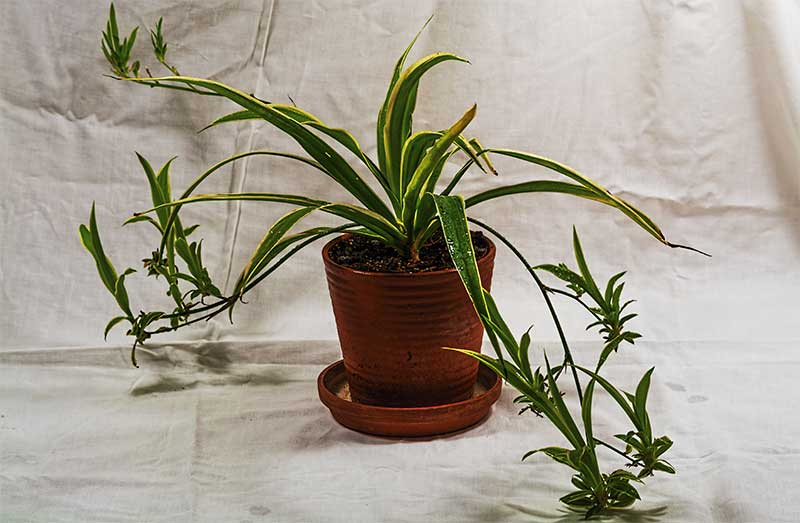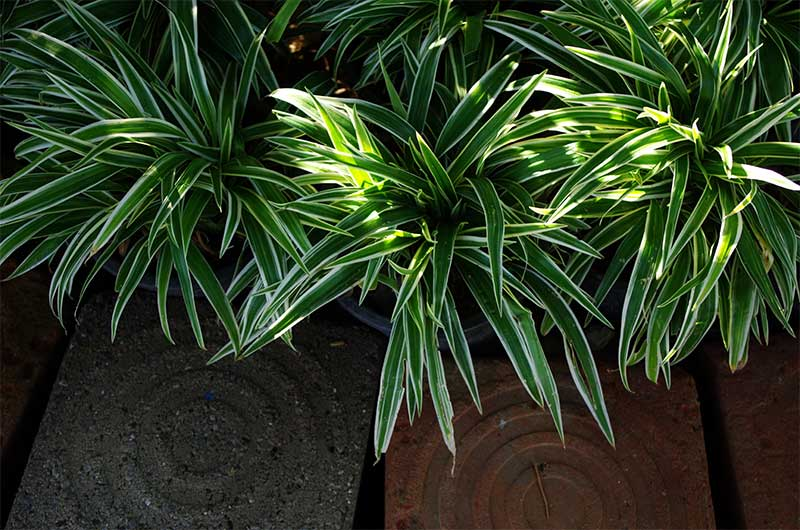The spider plant, a favorite among both seasoned and novice plant enthusiasts for its hardy nature and charming appearance. But even the most resilient plants have their quirks, and the spider plant is no exception. One common issue that perplexes many plant parents is the appearance of brown tips on the leaves.
So, why does this happen? The reasons are more straightforward than you might think, and with a bit of care, your spider plant can thrive once more.
Do Spider Plants Have Brown Tips?
Spider plants (Chlorophytum comosum) do not naturally have brown tips as a part of their healthy growth pattern. Their leaves are typically solid green or variegated with white, depending on the variety, and should maintain a vibrant color when properly cared for. Brown tips on spider plants are usually a sign of stress or environmental factors that are not optimal for the plant's health.
Spider plant brown tips are not natural characteristics but are rather indicators that the plant's living conditions need to be adjusted to better meet its needs.
Why Are the Tips of My Spider Plant Turning Brown?
Understanding the causes behind the brown tips of your spider plant is crucial for maintaining its health and vibrancy. Various factors, such as water quality, humidity, fertilization, and light exposure, play significant roles in this common issue. Addressing these can help your spider plant thrive as a lush part of your home's greenery. Let's delve into the specifics of each cause and explore solutions for a thriving spider plant.
Water Quality
Spider plants are somewhat sensitive to the chemicals found in tap water, such as fluoride and chlorine. These substances can accumulate in the leaf tips, causing them to turn brown. The solution? Use filtered or distilled water for your green friend. It's a simple switch that can make a world of difference.
Humidity Levels
Spider plants enjoy a bit of moisture in the air, something that can be in short supply in our homes, especially during the colder months when heating systems are running. Brown tips can be a cry for more humidity. Consider placing a humidifier nearby, grouping plants together, or setting your spider plant on a pebble tray with water to increase the ambient moisture.
Fertilization Practices
Overfertilization is another culprit. While it's tempting to give your plants extra nutrients, more isn't always better. Too much fertilizer can lead to a buildup of salts in the soil, which can burn the roots and cause the tips of the leaves to turn brown. The advice here is simple: fertilize sparingly, following the instructions on your fertilizer of choice.
Light Exposure
The environment plays a big role. Direct sunlight can scorch the leaves of your spider plant, leading to brown tips. These plants prefer bright, indirect light. If your plant is sitting right in the sun's path, consider moving it to a spot where it can enjoy the light without the risk of getting sunburned. Additionally, if you are in an area where indoor sunlight is not sufficient, consider adding LED grow lights to your indoor gardening setup. These lights can gently provide all the light your spider plants need, ensuring they receive the right amount of light without the harsh effects of direct sunlight. This can be a great solution to keep your plants healthy and prevent brown tips caused by inadequate lighting.
In conclusion, brown tips on your spider plant signal a need for adjustments in its care. By carefully managing water quality, humidity, fertilization, and light exposure, you can prevent these issues and ensure your spider plant remains a thriving, vibrant part of your indoor garden. Spider plants are forgiving and resilient, offering endless joy and beauty with just a little attention to their needs.
Managing Brown Tips on Spider Plants
According to gardening expert, brown leaf tips do not affect the health of spider plants. This means that from a purely health-related perspective, there's no urgent need to remove them. If the brown tips don't bother you aesthetically, you can simply leave them be, and your plant will continue to thrive.
However, not everyone appreciates the look of brown tips on their plants. If you find that they detract from the beauty of your spider plant, feel free to trim them off. Use clean, sharp scissors to cut just above the healthy part of the leaf. Removing the brown tips can improve the overall appearance of your plant without causing harm. It's a purely cosmetic fix that caters to personal preference.
Conclusion
Spider plants are forgiving and can bounce back from brown tip issues with the right care adjustments. By understanding the causes and implementing the solutions, you can ensure your spider plant remains a lush, vibrant part of your indoor garden. Remember, the key to a happy spider plant lies in mimicking its natural environment as closely as possible, focusing on water quality, moisture levels, humidity, and nutrition. With these tips, you'll enjoy the beauty of healthy spider plants, free from the worry of brown tips.


